The Elephant’s Foot Glacier in northeast Greenland looks like a bowl of batter poured into a frying pan. The sheer ice pressure of millions of tons has smashed through the mountain and spilled into the sea in a nearly symmetrical fan-shaped lobe. These glaciers are known as Piedmont glaciers, and the Elephant Foot Glacier is a perfect example of this. Its shape is so distinct that it stands out dramatically from its surroundings when viewed from above.
Glaciers are one of the most extraordinary natural phenomena on Earth. These rivers of frozen snow accumulated over centuries of precipitation are so densely packed that they exceed their total ablation. They are in a state of constant flux, flowing downward in the direction of slope towards a valley or body of water. You can’t really tell if it’s moving, but come back in a few decades and you’ll be able to see the dramatic change in the landscape.
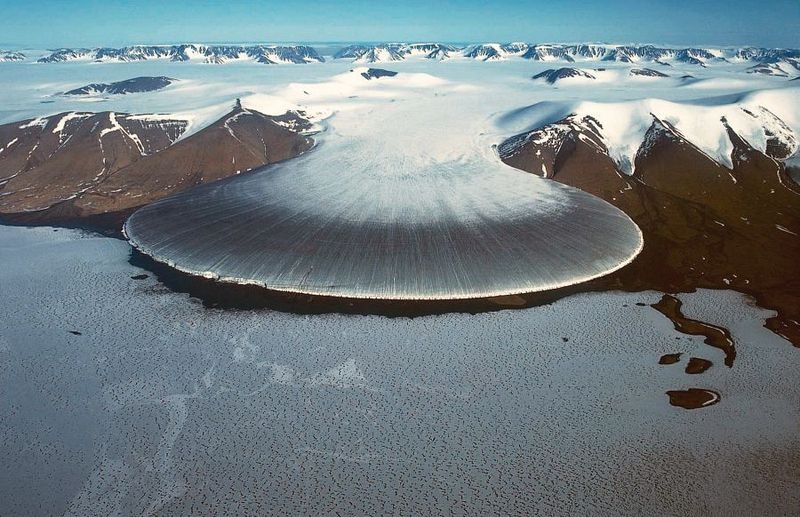
Photo credit: unknown.
The Elephant’s Paw Glacier is located on the Kronprins Christian Land peninsula. It is not connected to the main Greenland ice sheet. Rather, it is part of a network of glaciers and ice caps that extends around the periphery of the island. Research has shown that together, these peripheral glaciers and ice caps account for 5 to 7 percent of Greenland’s total ice cover, but are responsible for 20 percent of its contribution to sea level rise.
Another example of piedmont glaciers is the Malaspina Glacier in southeastern Alaska. At 65 kilometers long and 45 kilometers wide, it is the largest Piedmont glacier in the world. The glacier arises where several valley glaciers, primarily the Seward Glacier and the Agassiz Glacier, spill from the Saint Elias Mountains onto the coastal plain facing the Gulf of Alaska.
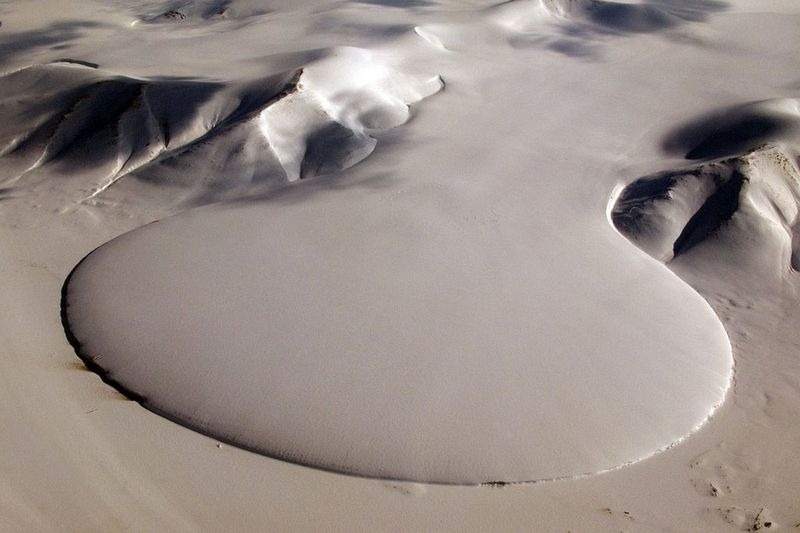
Photo credit: Thobu/Panoramio.
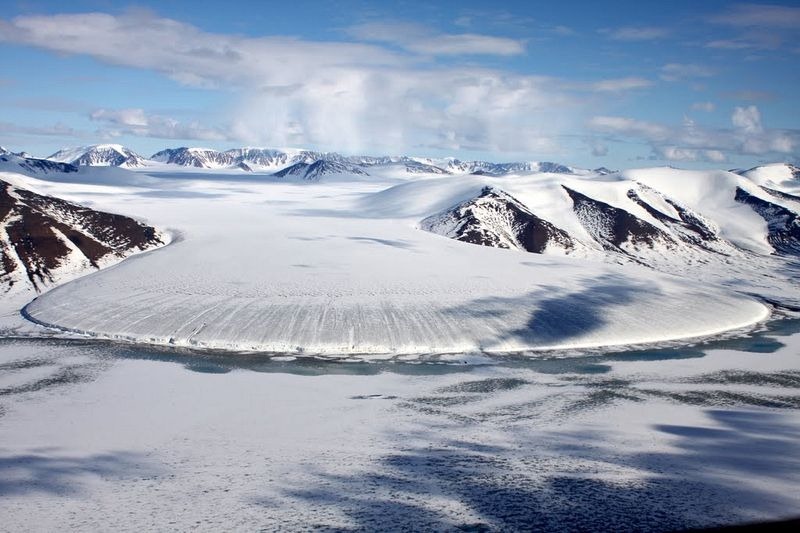
Photo credit: eggertsae/Panoramio
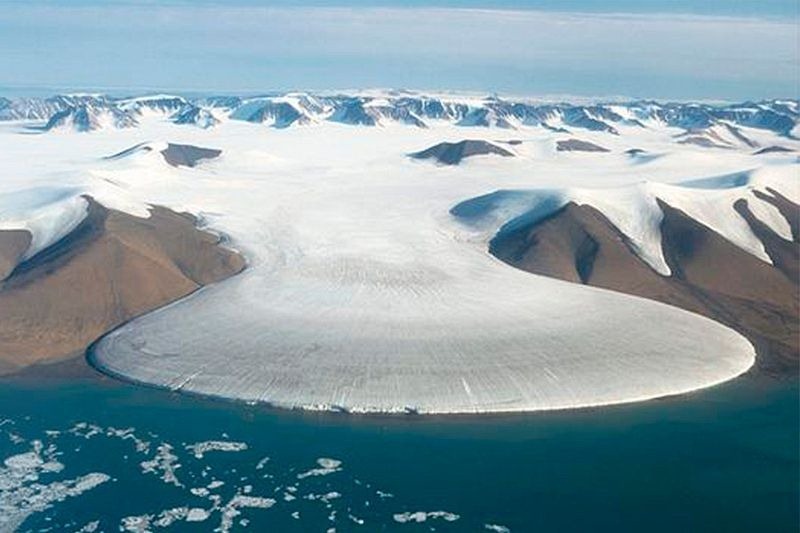
Photo credit: unknown.
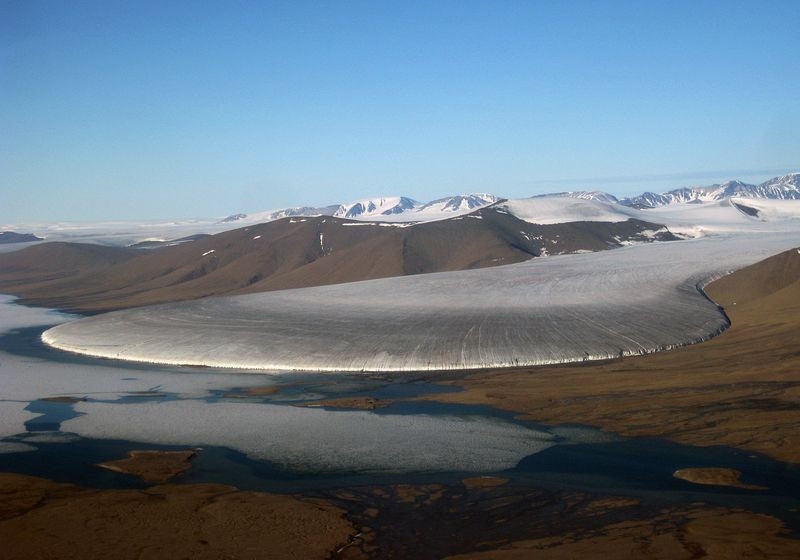
Photo credit: phys.org
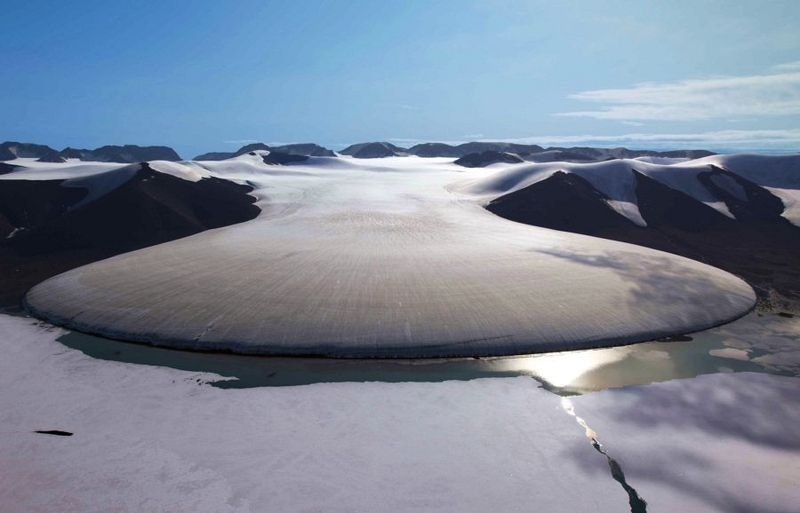
Photo credit: lioninasidecar.wordpress.com
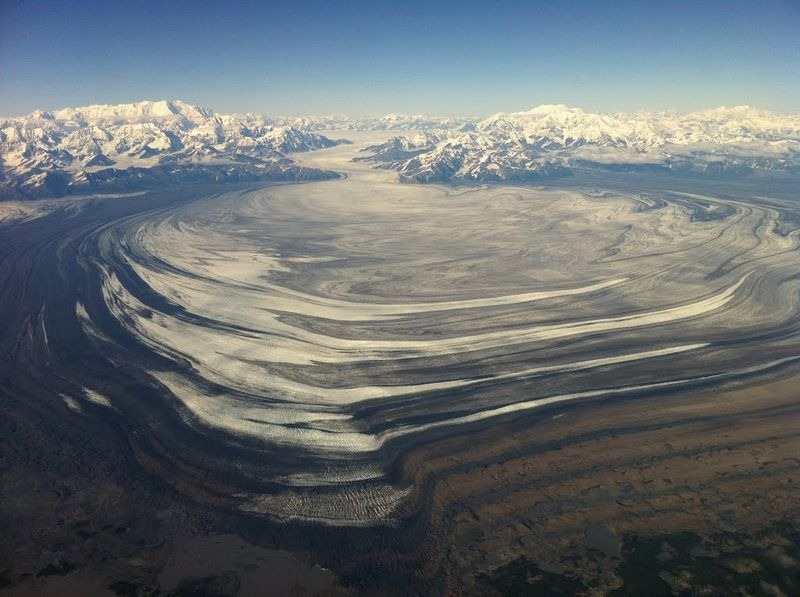
Malaspina Glacier. Photo credit: Bob Mattson/Panoramio
Sources: NASA / Wikipedia

